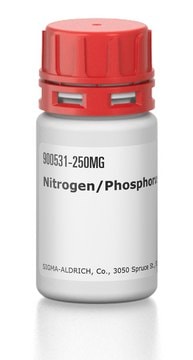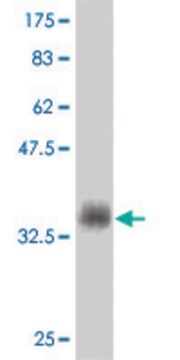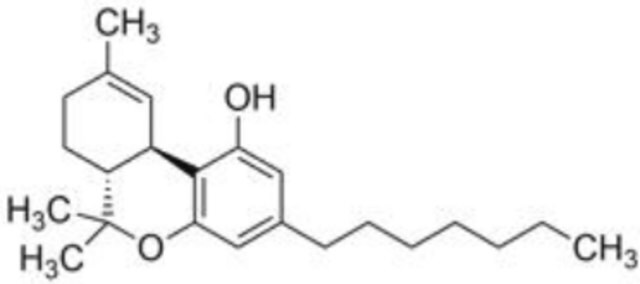905H-0
Cytokeratin 5 (EP1601Y) + Cytokeratin 14 (LL002)
Mouse and Rabbit Monoclonal Antibody
Synonim(y):
Cytokeratin 5 (EP1601Y) + Cytokeratin 14 (LL002) Mouse and Rabbit Monoclonal Antibody
About This Item
Polecane produkty
pochodzenie biologiczne
mouse
rabbit
Poziom jakości
100
500
białko sprzężone
unconjugated
forma przeciwciała
purified immunoglobulin
rodzaj przeciwciała
primary antibodies
klon
EP1601Y + LL002, monoclonal
opis
For In Vitro Diagnostic Use in Select Regions (See Chart)
Formularz
buffered aqueous solution
reaktywność gatunkowa
human
opakowanie
bottle of 1.0 mL predilute (905H-07)
bottle of 7.0 mL predilute (905H-08)
producent / nazwa handlowa
Cell Marque®
stężenie
0.1-1.5 μg/mL (predilute)
izotyp
IgG3
IgG
Warunki transportu
wet ice
temp. przechowywania
2-8°C
informacje o genach
human ... KRT5(3852)
Opis ogólny
Jakość
 IVD |  IVD |  IVD |  RUO |
Postać fizyczna
Uwaga dotycząca przygotowania
Note: This requires a keycode which can be found on your packaging or product label.
Download the latest released IFU
Note: This IFU may not apply to your specific product lot.
Inne uwagi
Informacje prawne
Nie możesz znaleźć właściwego produktu?
Wypróbuj nasz Narzędzie selektora produktów.
Wybierz jedną z najnowszych wersji:
Certyfikaty analizy (CoA)
Nie widzisz odpowiedniej wersji?
Jeśli potrzebujesz konkretnej wersji, możesz wyszukać konkretny certyfikat według numeru partii lub serii.
Masz już ten produkt?
Dokumenty związane z niedawno zakupionymi produktami zostały zamieszczone w Bibliotece dokumentów.
Active Filters
Nasz zespół naukowców ma doświadczenie we wszystkich obszarach badań, w tym w naukach przyrodniczych, materiałoznawstwie, syntezie chemicznej, chromatografii, analityce i wielu innych dziedzinach.
Skontaktuj się z zespołem ds. pomocy technicznej








